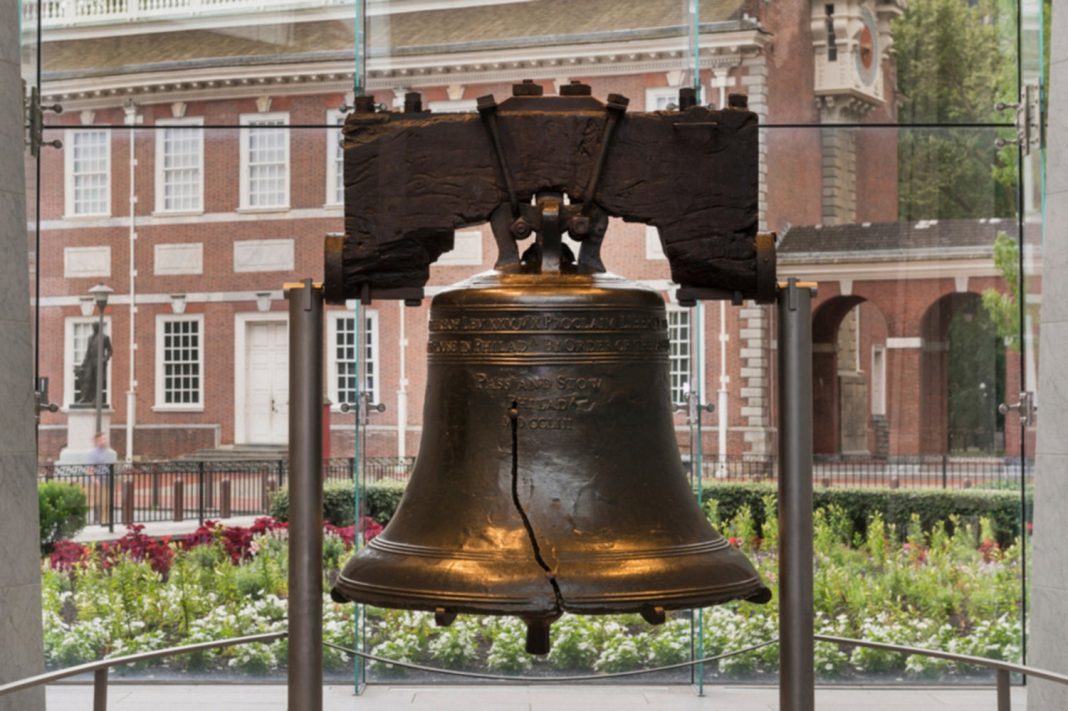If you think the Liberty Bell has never left Philadelphia’s Independence Hall, you would be wrong. In fact, the nation’s legendary icon was right here in Thurston County at the former Northern Pacific Depot in Olympia on July 14, 1915.
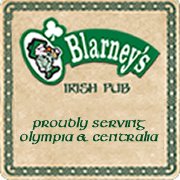 The reason? The historic bronze bell was loaded onto a custom train car of the Liberty Bell Special in its trip across the country for display at the San Francisco World’s Fair, known as the Panama-Pacific International Exhibition. That exhibition celebrated the opening of the Panama Canal and San Francisco’s reconstruction after the 1906 earthquake.
The reason? The historic bronze bell was loaded onto a custom train car of the Liberty Bell Special in its trip across the country for display at the San Francisco World’s Fair, known as the Panama-Pacific International Exhibition. That exhibition celebrated the opening of the Panama Canal and San Francisco’s reconstruction after the 1906 earthquake.
The bell’s 1915 national tour was set in motion in part at the request of 500,000 schoolchildren who signed a petition seeking the bell’s appearance at the exposition. After that event, the bell then headed back east in what turned out to be its final excursion.
“Beginning in the late 1800s, the Liberty Bell was often displayed at exhibitions throughout the country as a way to heal the rift caused by the Civil War,” wrote Alan J. Stein. “By the 1900s, concerns were raised over transporting around by train the already cracked bell. The 1915 tour, which began on July 4, would be the bell’s last. It has remained in Philadelphia ever since it returned.”
The Liberty Bell Comes to Olympia
The train stopped in 27 states in its 10,000-mile journey in 1915. After stops in Spokane, Everett, Seattle and Tacoma, the train paused in Olympia for two hours on July 14 to the great joy of area residents. With a parade and loud good spirits, Thurston County raucously welcomed the bell. A band played the “Star-Spangled Banner” when the train’s engine drew into the former depot at 721 Columbia Street SW, next to what is now Capitol Lake.
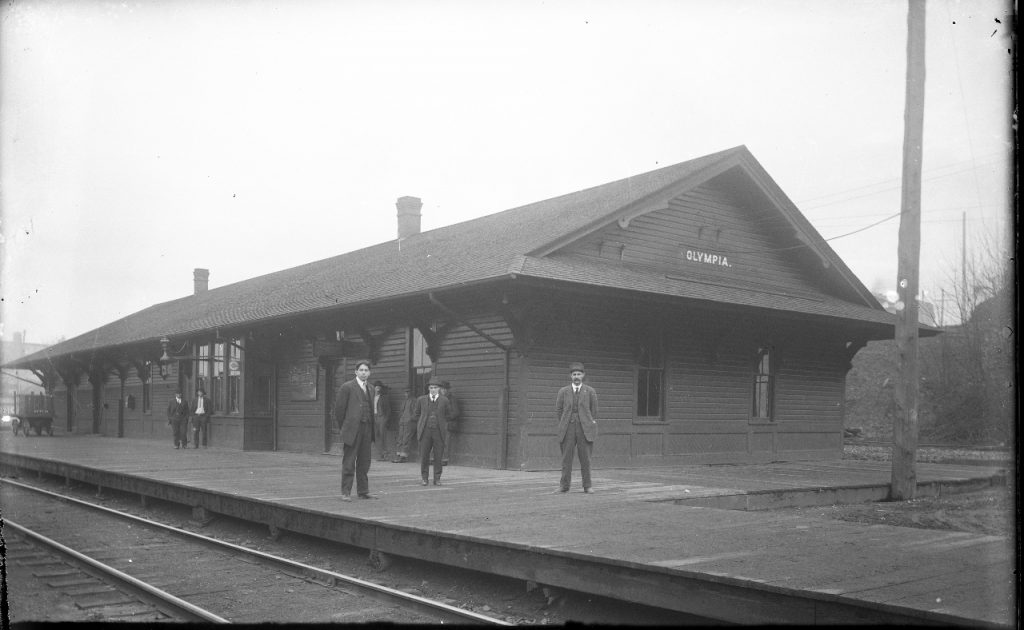
“Upwards of 2,000 people crowded and filled the space about the Northern Pacific depot and sang and cheered and waved hands, handkerchiefs, hats anything they could find — as the big special train pulled in at 8:10 p.m., and some 3,000 more lined Fourth, Main and Seventh streets and filled Capitol park, pushing and elbowing their way to the depot for a view of the historic relic, which many were seeing for the first and perhaps the last time,” reported the Washington Standard local newspaper on its July 16, 1915 front page.
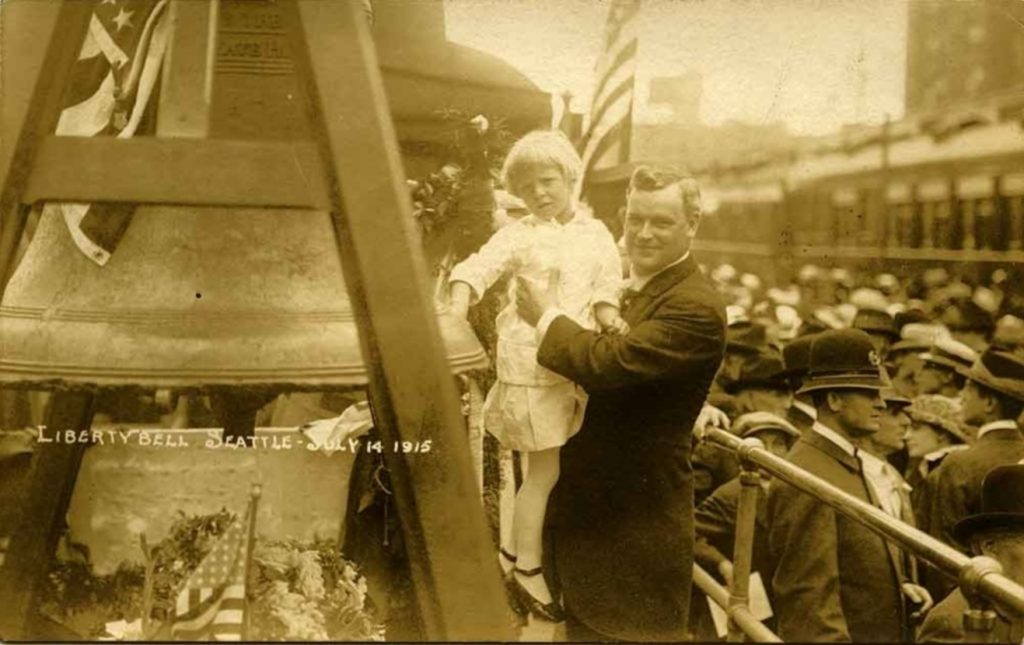
The Liberty Bell Special reportedly had three baggage cars, at least six Pullman cars including sleepers, and a custom flatcar which held the 2,080-pound bell and enabled spectators to see it. A contingent of 40 Pennsylvania dignitaries and staff escorted the bell on its route. They were greeted here by local officials who climbed aboard the train including Olympia Mayor George A. Mottman, a representative of Governor Ernest Lister who was not present but had met the train in Seattle, Chamber of Commerce President J. L. Peters and Olympia Councilmember George Talcott, among others.
“The Bell remained in Olympia only two hours, leaving at 10 instead of 11 p.m., in order that the special party might reach Portland in time to make its Oregon schedule, but during those two hours there was an almost constant stream of people crossing the platform alongside the flatcar upon which the Bell was mounted, some touching it and some kissing it, everyone looking at it reverently,” the Washington Standard described.
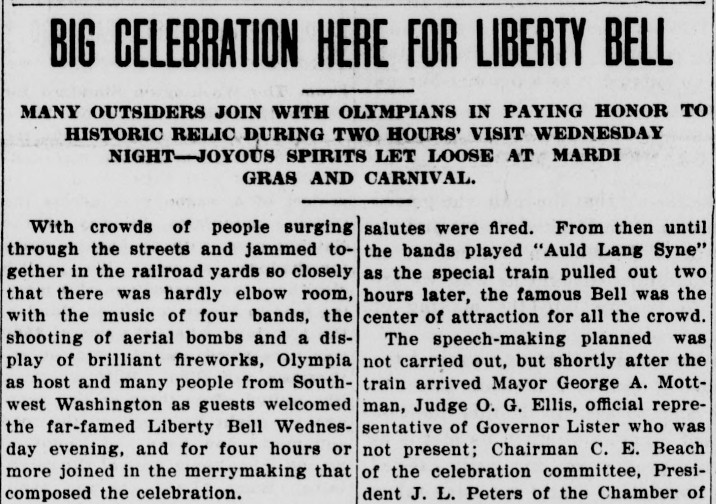
A band played “Auld Lang Syne” when the train departed southward and the Olympia celebration continued late into the night with fireworks, confetti and singing.
The Olympia City Council issued an official proclamation two weeks later, announcing that the event was an unqualified success and “probably” the largest gathering the city had ever seen with 15,000 people attending. The proclamation declared, “Now, therefore, Be It Resolved by the City Council of the City of Olympia … That the City of Philadelphia, its Mayor and Councilmen, be extended the hearty thanks and appreciation of the City of Olympia for their action in sending the ‘Liberty Bell’ to the City of Olympia.”
Forged more than 270 years ago and inscribed “Proclaim liberty throughout all the land unto all the inhabitants thereof,” the bell remains steadfastly relevant now. “Easily recognizable because of its crack, the Liberty Bell remains significant today for its message of liberty,” explains the National Park Service which preserves the bell as a national treasure. “Abolitionists, women’s suffrage activists, civil rights leaders and others have used this bell as their symbol in the fight for equality.”
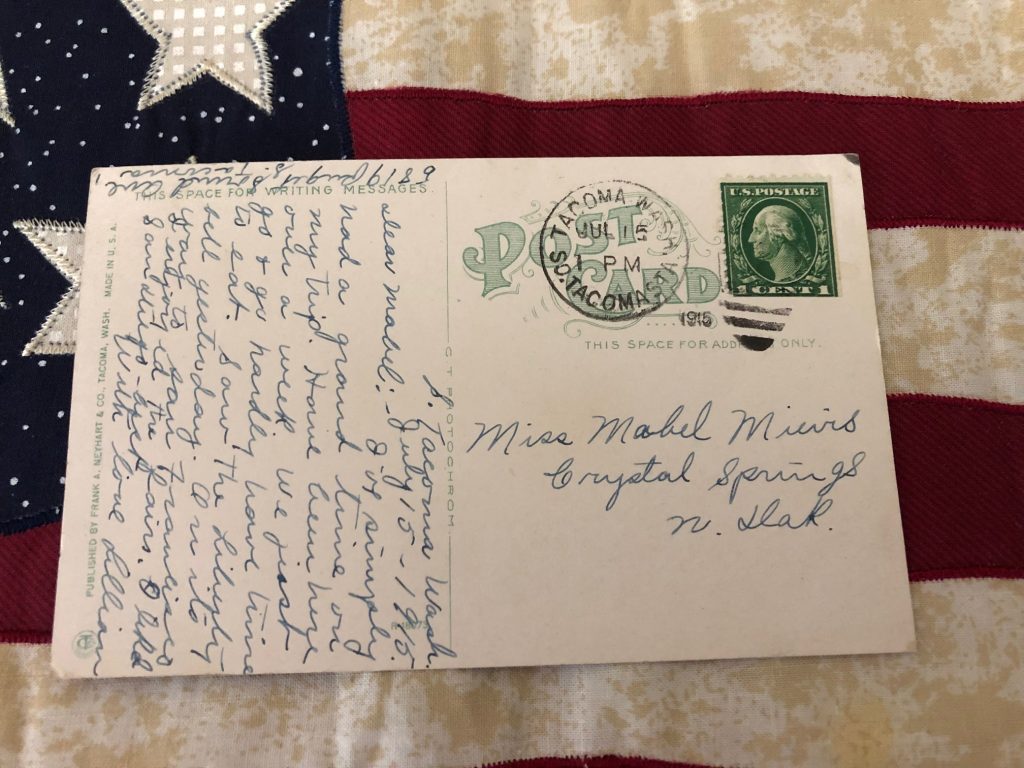
Another national tour is unlikely. However, each state has a full-scale Liberty Bell replica. You can see Washington’s in Tacoma just outside the U.S. District Court at Union Station, which is a former Northern Pacific train depot and thus a fitting location given the original bell’s 1915 rail trip.
And, to learn even more about local railroad history, check out the train depot photos at the Amtrak Centennial Station in Lacey.









































